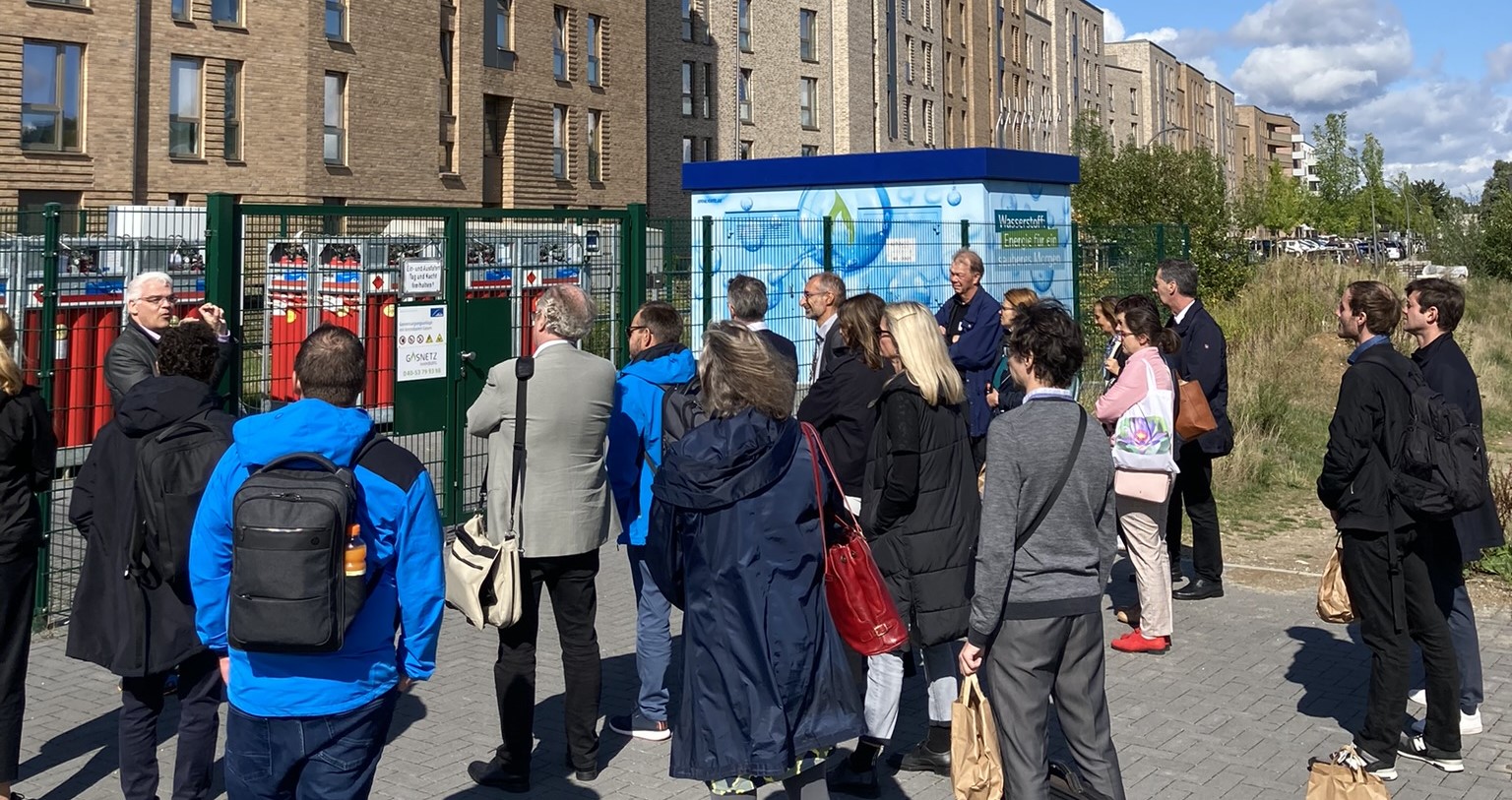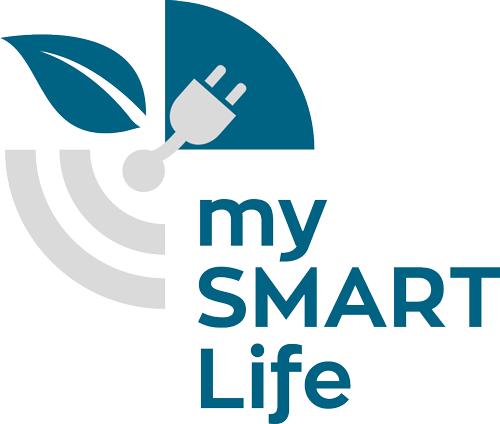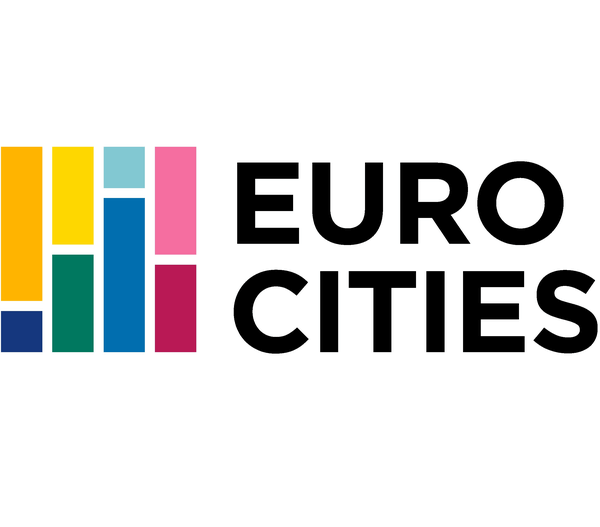Three specific initiatives particularly embodied the project's focus on sustainable energy:
Firstly, a district heating system based on hydrogen (H2) was implemented in a newly constructed building in the Schleusengraben-Schilfpark area. This building, housing 273 units, features a central heating system connected to a local district heating network. The project partner, Gasnetz Hamburg (GNH), established a Hydrogen feed-in station and modified the local district heating network's gas boilers for hydrogen use. A blend of green-certified Hydrogen and natural gas, developed using the EI&C technology, was then injected into the fuel gas for heat supply, with the hydrogen component constituting up to 30%.
Secondly, the installation of Photovoltaic (PV) systems with battery storage was carried out, based on tenant-lease agreements in collaboration with a local grid cooperative (PV & batteries in Kampweg; PV in high-performance area & Ice Cooling). The PV initiative intended to install 300kwp of PV plants on suitable roofs, with direct power supply concepts and complete systems featuring battery storage for self-consumption. ENH Energienetz Hamburg Genossenschaft led this implementation, as a citizen cooperative focused on transitioning the grid ownership from the private sector back to the public sector. They support Hamburg's energy transition, develop electricity direct delivery concepts, and promote local, decentralized energy supply. They operate on a lease-based model, either leasing rooftops from private house owners for long-term PV use or having the owners lease the PV technology for personal maintenance and use. During this initiative, seven PV systems were installed, three of them with a battery storage. Among the equipped buildings were a bakery, a construction yard with open air stock, and an apiary with a cooling storage.
Thirdly, the project aimed to develop a Smart Energy Control system. The goal was to create an innovative energy controller concept to smartly regulate the various energy resources installed in the district (e.g., CHP, PV, batteries, ice storage, heat pumps). This would facilitate local energy management, aiming at a CO2-neutral energy supply within the area as far as possible.
Given today’s scarcity of accessible energy data sources from public or private buildings, project partners connected different facilities of the Hamburg University of Applied Science (HAW) Energy Campus Building. This aimed to monitor energy consumption and production, analyze trends, calculate forecasts, and support the power and energy balancing of a smart building by maximizing locally generated energy.
A user interface was developed to display information from the installed energy resources, including the electricity house connection, the photovoltaic system, and the combined heat and power plant. The interface reveals operational status, energy production, power purchased from the grid, and also provides details such as current throughput, reactive power, daily power generation, CO2 and cost savings, and predictive data, among other parameters. The goal now is to obtain the necessary data from actual plants – the monitoring capacity for smart use is ready.
Innovative governance hinges on the perspective and needs of citizens. Engaging citizens is crucial because they incentivize the government and businesses to introduce green solutions in the market. To further propel the transformation, it's necessary to disrupt existing behavioural patterns, which requires an understanding of people's opinions and technology perceptions. Therefore, the project aimed to amplify the impact by educating citizens on smart city solutions, converting them into project advocates. This was achieved through various citizen engagement activities to facilitate implementation.
MySmartLife engaged citizens in green energy production through tenant agreements for PV and by making ENH, the cooperative, a significant partner. Citizens also played a crucial role in the implementation of smart home technologies, from initial information sessions to follow-up surveys.




